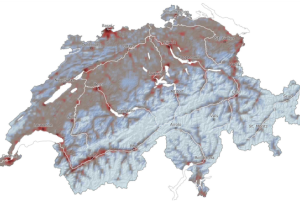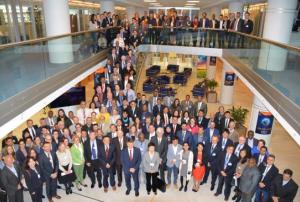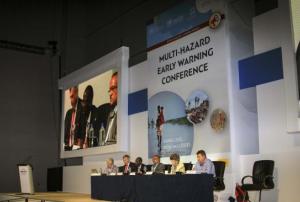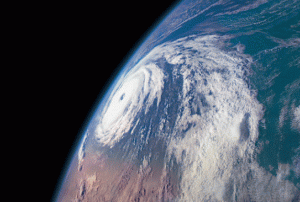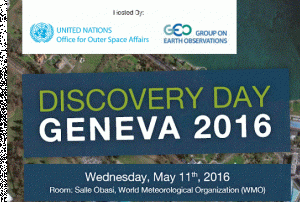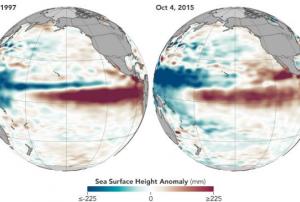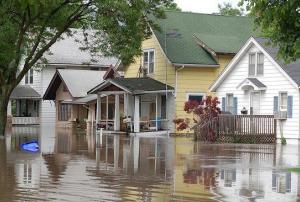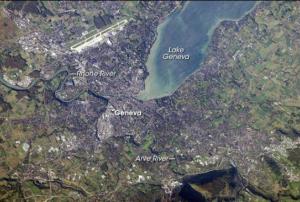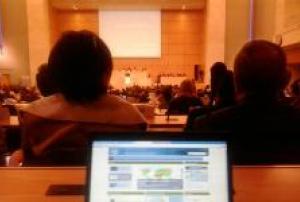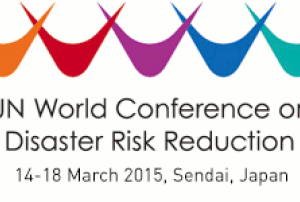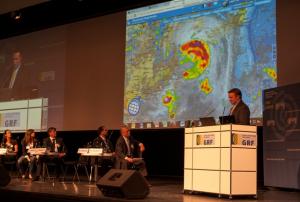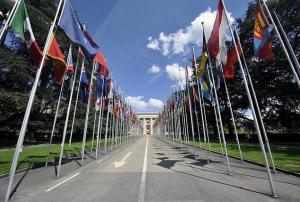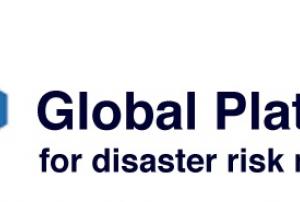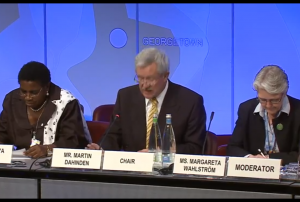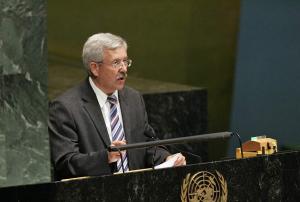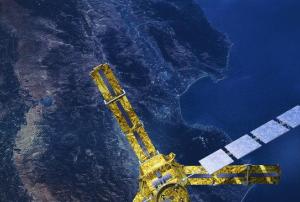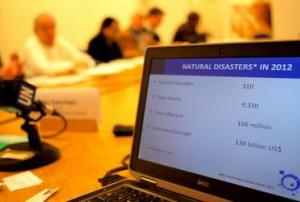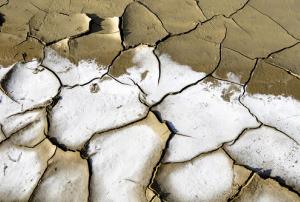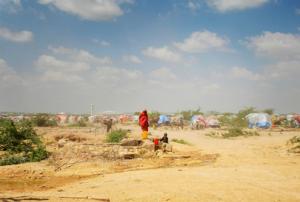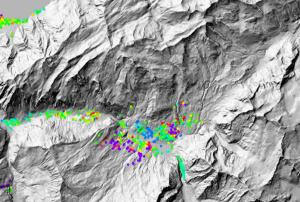The Swiss Seismological Service (SED) at ETH Zürich introduced on March 7 the first seismic risk model for Switzerland. The new model, that complements the Seismic Hazard Map published by SED in 2004, shows the potential impact of earthquakes on the population and infrastructure in the country. The seismic risk model, that combines information about earthquake risk, effects of the local substrate, building vulnerability, and affected persons and assets, is freely available to the public. The model is intended to help government agencies make informed decisions in the face of disaster preparedness and disaster management.
Based on the seismic risk model, it is estimated that destructive earthquakes in the…
more